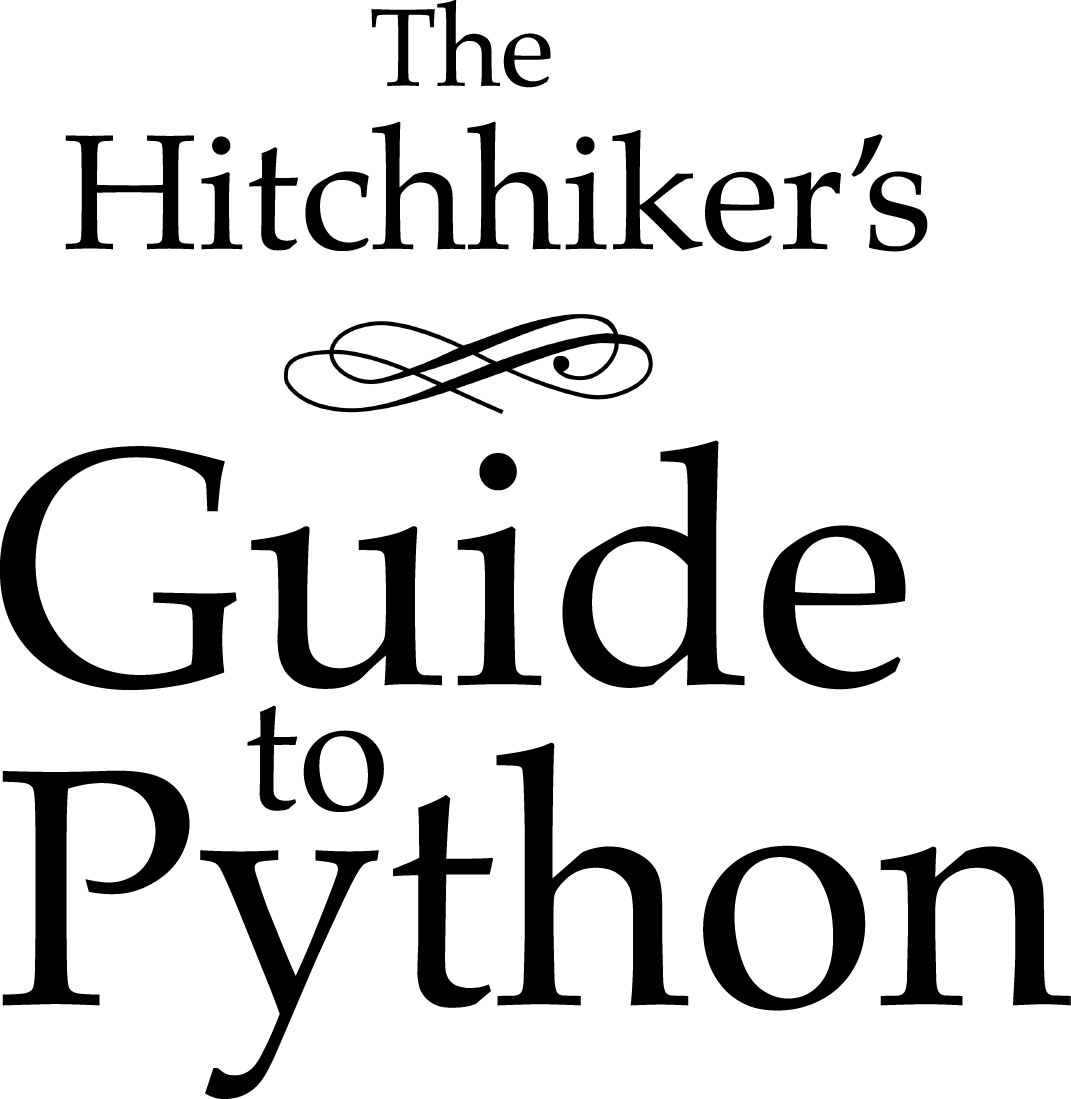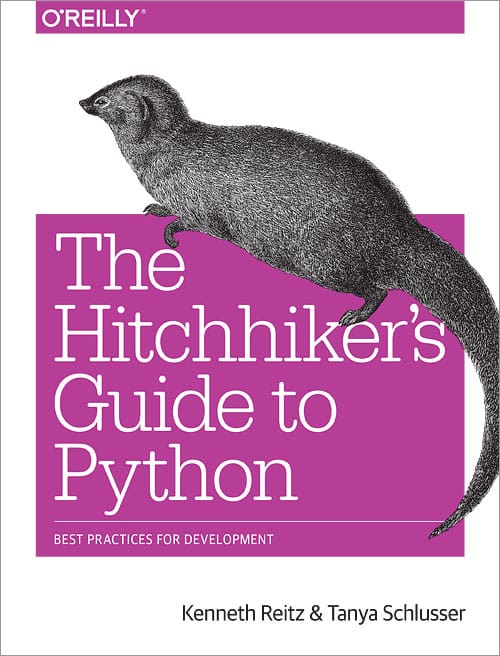Scientific Applications¶

Context¶
Python is frequently used for high-performance scientific applications. It is widely used in academia and scientific projects because it is easy to write and performs well.
Due to its high performance nature, scientific computing in Python often utilizes external libraries, typically written in faster languages (like C, or Fortran for matrix operations). The main libraries used are NumPy, SciPy and Matplotlib. Going into detail about these libraries is beyond the scope of the Python guide. However, a comprehensive introduction to the scientific Python ecosystem can be found in the Python Scientific Lecture Notes.
Tools¶
IPython¶
IPython is an enhanced version of Python interpreter, which provides features of great interest to scientists. The inline mode allows graphics and plots to be displayed in the terminal (Qt based version). Moreover, the notebook mode supports literate programming and reproducible science generating a web-based Python notebook. This notebook allows you to store chunks of Python code alongside the results and additional comments (HTML, LaTeX, Markdown). The notebook can then be shared and exported in various file formats.
Libraries¶
NumPy¶
NumPy is a low level library written in C (and Fortran) for high level mathematical functions. NumPy cleverly overcomes the problem of running slower algorithms on Python by using multidimensional arrays and functions that operate on arrays. Any algorithm can then be expressed as a function on arrays, allowing the algorithms to be run quickly.
NumPy is part of the SciPy project, and is released as a separate library so people who only need the basic requirements can use it without installing the rest of SciPy.
NumPy is compatible with Python versions 2.4 through 2.7.2 and 3.1+.
Numba¶
Numba is a NumPy aware Python compiler (just-in-time (JIT) specializing compiler) which compiles annotated Python (and NumPy) code to LLVM (Low Level Virtual Machine) through special decorators. Briefly, Numba uses a system that compiles Python code with LLVM to code which can be natively executed at runtime.
SciPy¶
SciPy is a library that uses NumPy for more mathematical functions. SciPy uses NumPy arrays as the basic data structure, and comes with modules for various commonly used tasks in scientific programming, including linear algebra, integration (calculus), ordinary differential equation solving, and signal processing.
Matplotlib¶
Matplotlib is a flexible plotting library for creating interactive 2D and 3D plots that can also be saved as manuscript-quality figures. The API in many ways reflects that of MATLAB, easing transition of MATLAB users to Python. Many examples, along with the source code to recreate them, are available in the matplotlib gallery.
Pandas¶
Pandas is a data manipulation library based on NumPy which provides many useful functions for accessing, indexing, merging, and grouping data easily. The main data structure (DataFrame) is close to what could be found in the R statistical package; that is, heterogeneous data tables with name indexing, time series operations, and auto-alignment of data.
xarray¶
xarray is similar to Pandas, but it is intended for wrapping multidimensional scientific data. By labelling the data with dimensions, coordinates, and attributes, it makes complex multidimensional operations clearer and more intuitive. It also wraps matplotlib for quick plotting, and can apply most operations in parallel using dask.
Resources¶
Installation of scientific Python packages can be troublesome, as many of these packages are implemented as Python C extensions which need to be compiled. This section lists various so-called scientific Python distributions which provide precompiled and easy-to-install collections of scientific Python packages.
Unofficial Windows Binaries for Python Extension Packages¶
Many people who do scientific computing are on Windows, yet many of the scientific computing packages are notoriously difficult to build and install on this platform. Christoph Gohlke, however, has compiled a list of Windows binaries for many useful Python packages. The list of packages has grown from a mainly scientific Python resource to a more general list. If you’re on Windows, you may want to check it out.
Anaconda¶
The Anaconda Python Distribution includes all the common scientific Python packages as well as many packages related to data analytics and big data. Anaconda itself is free, and a number of proprietary add-ons are available for a fee. Free licenses for the add-ons are available for academics and researchers.

